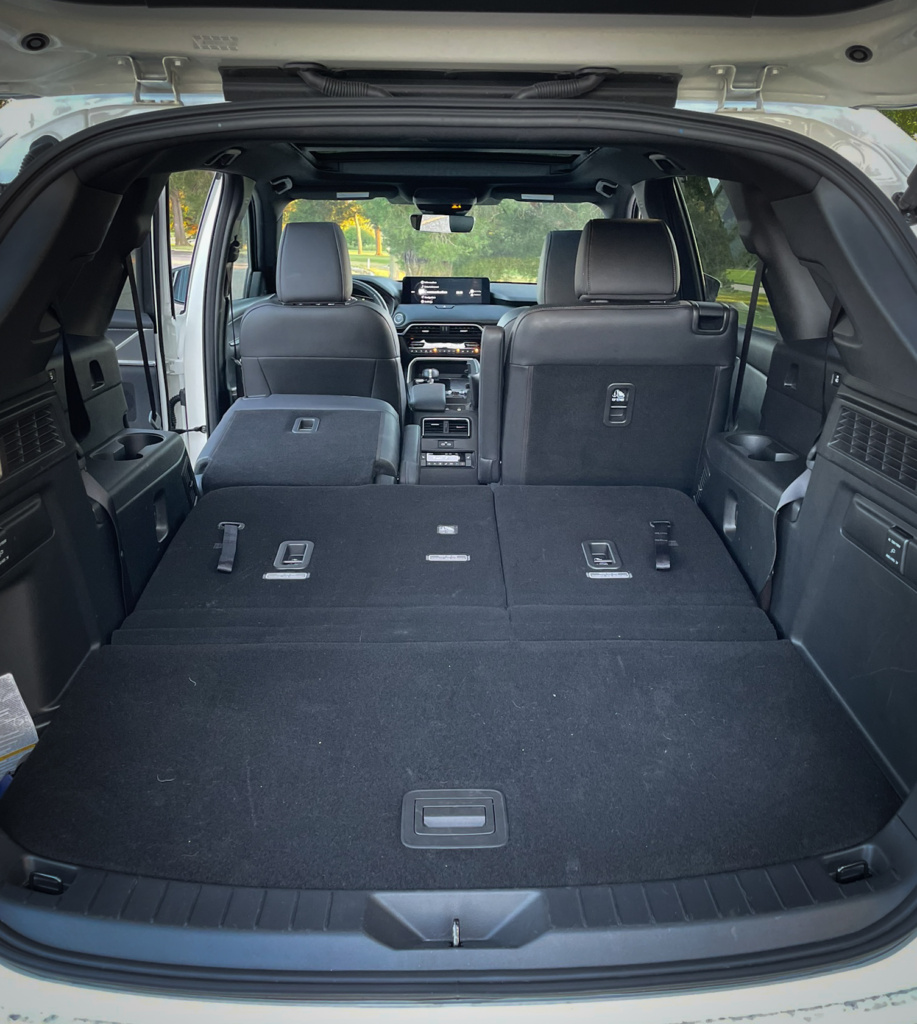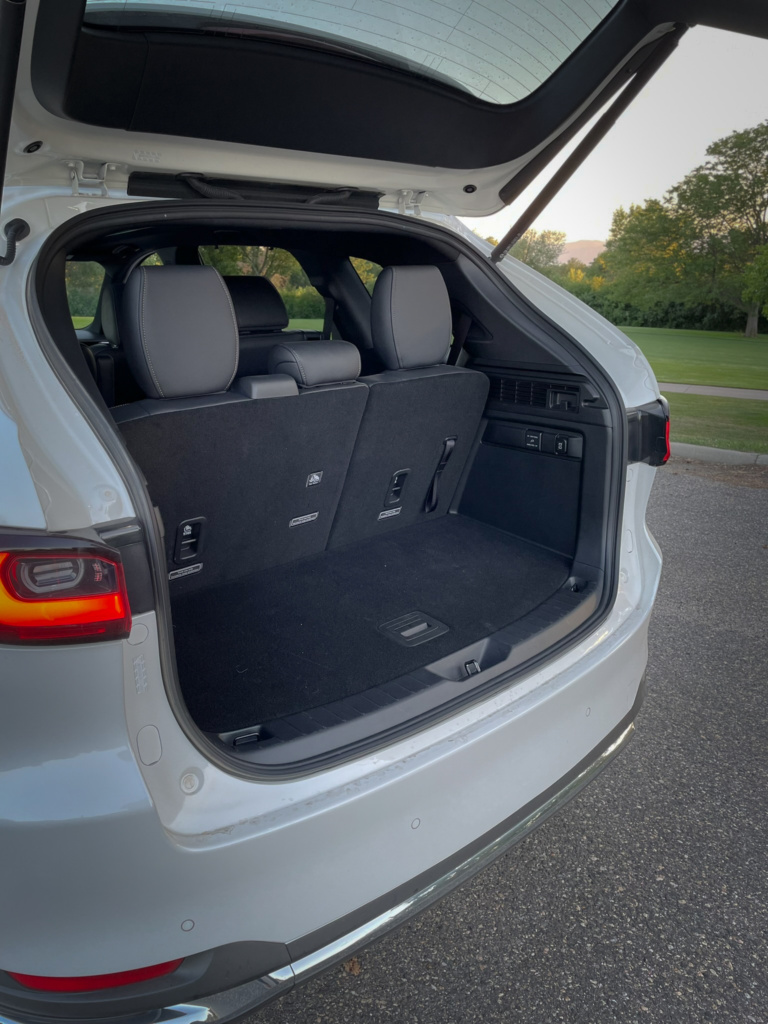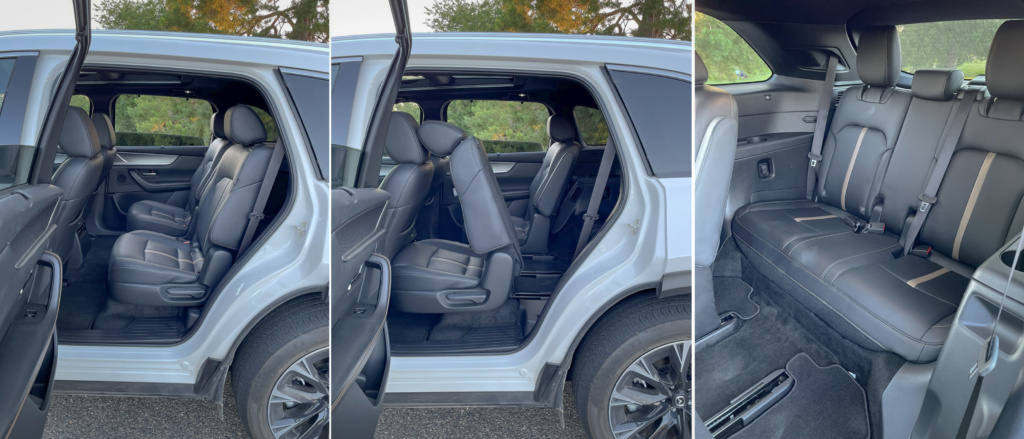First, we need to get past the fact that these two vehicles are effectively the same. They share dimensions, powertrains, and even features. The only notable difference is that the CX-70 provides two rows of seating while the CX-90 provides three rows. Confusing? Yes. From here on, we can call it the large Mazda.
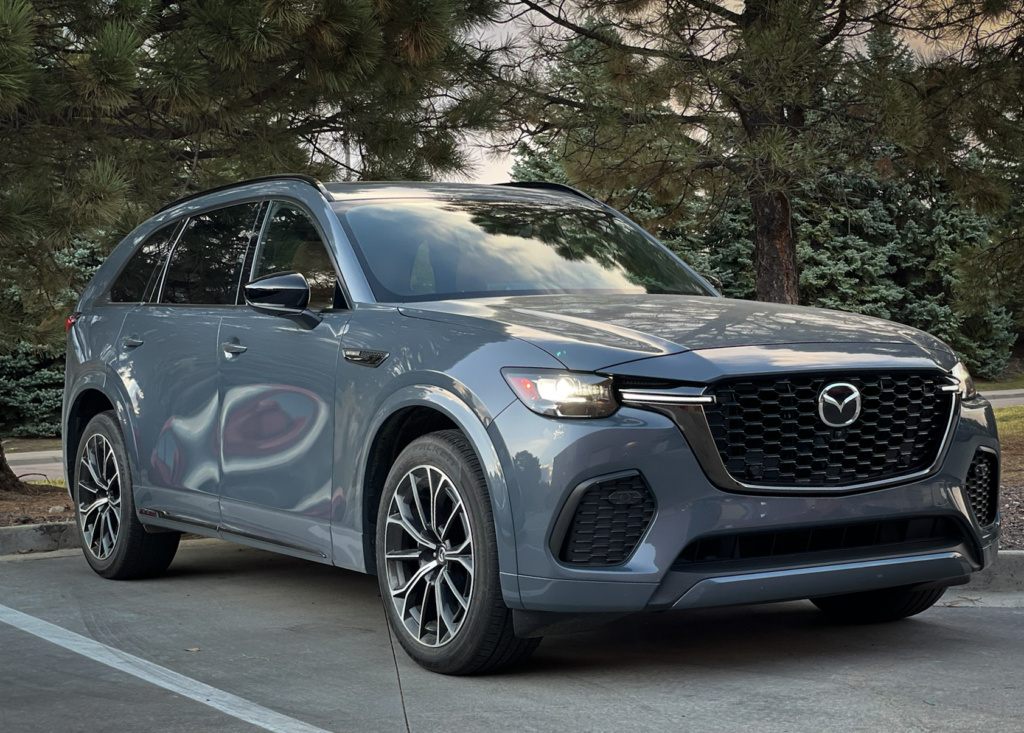
Moving along…Mazda positions itself in the upper-mainstream / sub-premium space with a specific bent toward sporty performance (remember zoom-zoom?), simplicity in design, and focus on premium materials. It’s a unique space.
In this latest generation of the large Mazda, the stylists and design engineers were dealing with an entirely new vehicle, meaning a new body, a new company styling direction, and two new powertrains. Plus, the CX-70 and 90 are expected to compete with the likes of a new Honda Pilot and Toyota Grand Highlander—both of which dominate the segment with their practicality and are testing the waters by expanding into the sub-premium market.
Does the large Mazda stay true to its mission and provide the right balance of premium appeal and practical performance? A CX-70 and CX-90 were recently provided for a week-long evaluation.
Static impressions: The large crossover adopts the brand’s current styling theme and looks good doing so. Its cohesive shapes, sporty stance, and incredibly long hood that covers a far forward-positioned axle ensure the CX-duo will not go out of style in its lifetime. However, it may also seem too reserved for others. The greatest visual interest can be found in its premium details, such as the headlights, tail lights, trim work, and a premium-looking paint job.
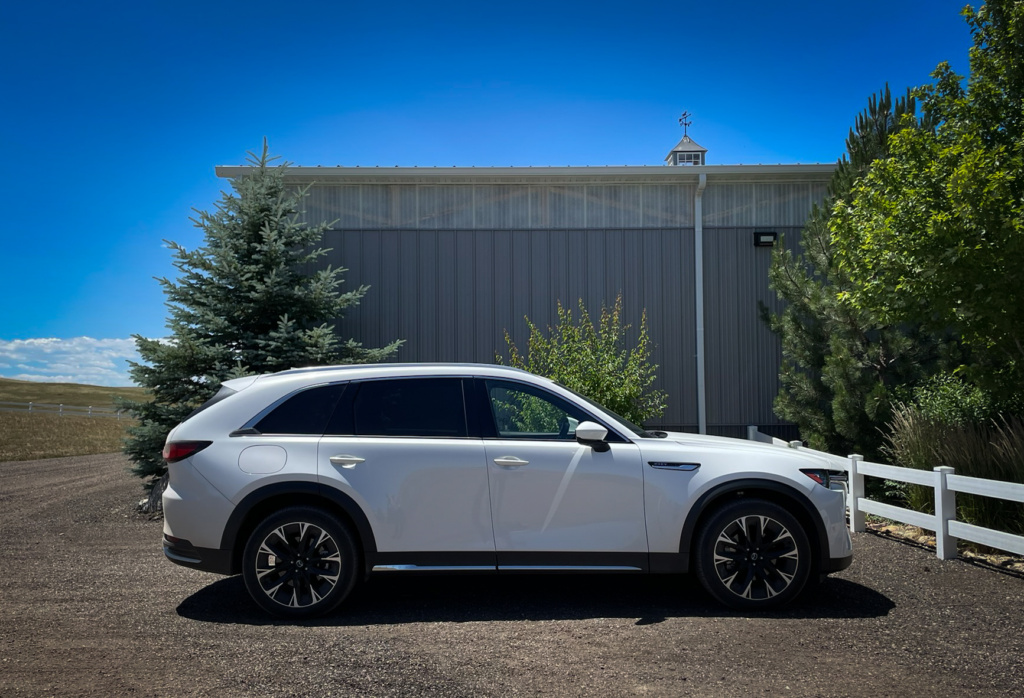
Unfortunately, Mazda couldn’t resist slapping on a last-minute-looking faux fender vent to keep up with the latest fad.

The same “traditional” styling language is found inside, where the horizontal lines and surfaces comprise a familiar and predictable space. There are no distracting features or shapes and the materials and precise fit and finish of the panels and trim successfully push the CX-70/90’s premium message.
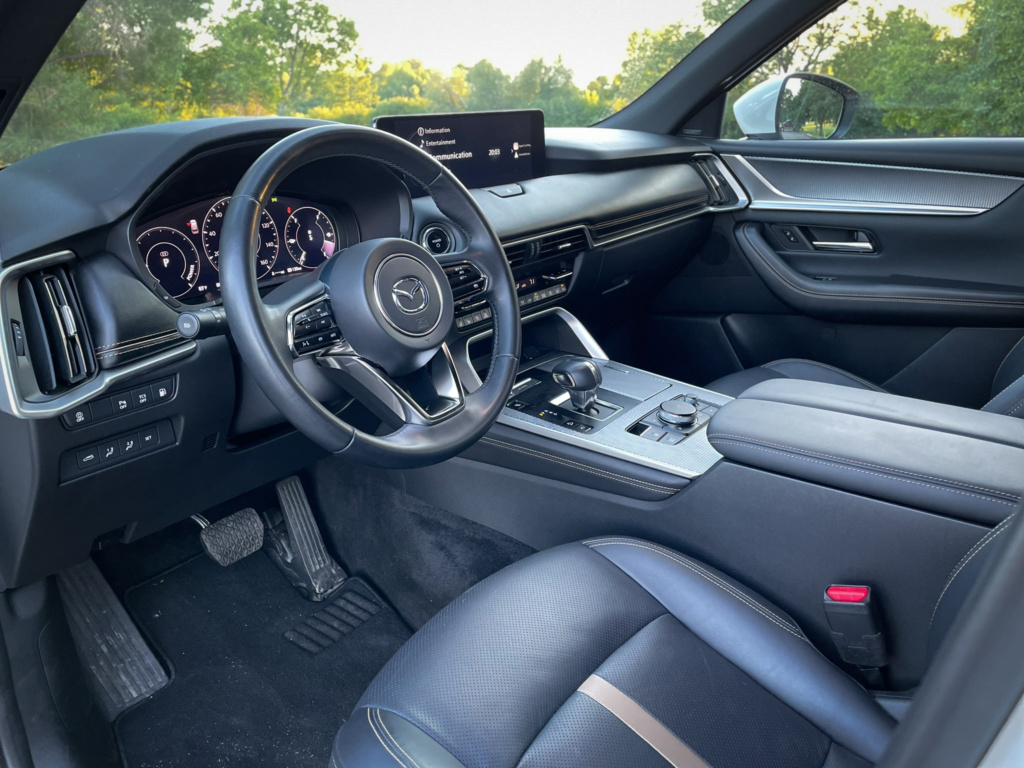
Nearly all touch surfaces are softly padded and suede-like upholstery covers the doors, seats, and dash in the premium trims while the (much appreciated) physical controls feel solidly constructed and operate with crisp motions.
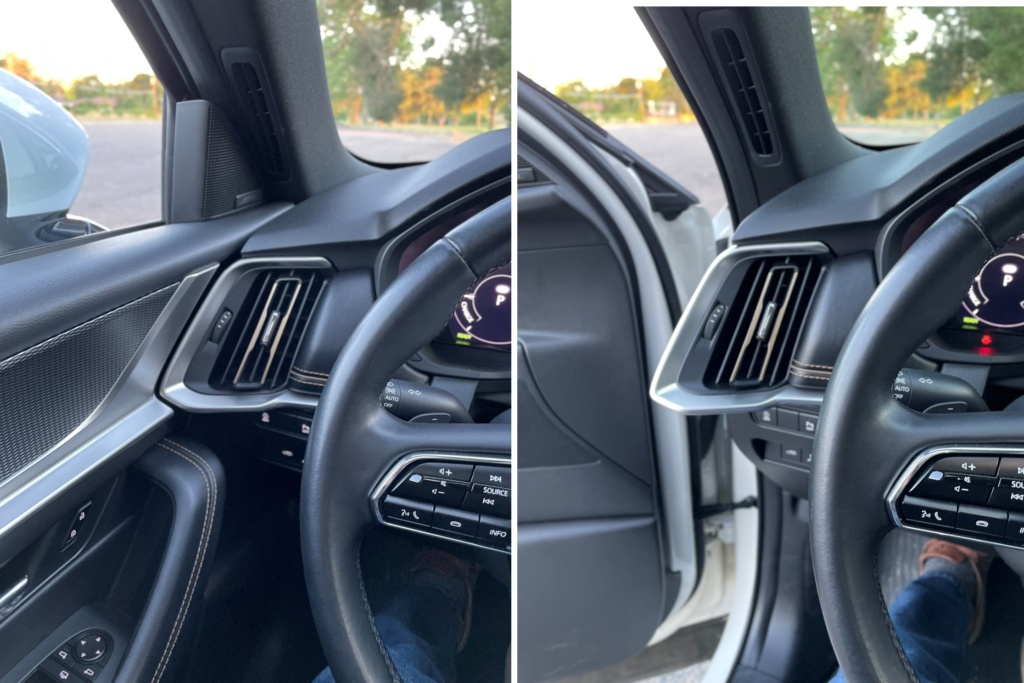
However, Mazda’s less-is-more-modern feel has some frustrating every-day-use drawbacks; the center console is nearly everything that one could ask for; solidly constructed, upscale finishes, and padded side surfaces, but it lacks the flexibility for additional items beyond two narrow bottles and one phone, the crisp digital gauge cluster offers the familiar Mazda layout but doesn’t expect imaginative or any customization; the driveshaft tunnel significantly intrudes on foot room for the middle seat (consider the CX-70 as a four-seater), and the third row is best left for children or adults on a very temporary basis and in doing so eliminates most available cargo space.
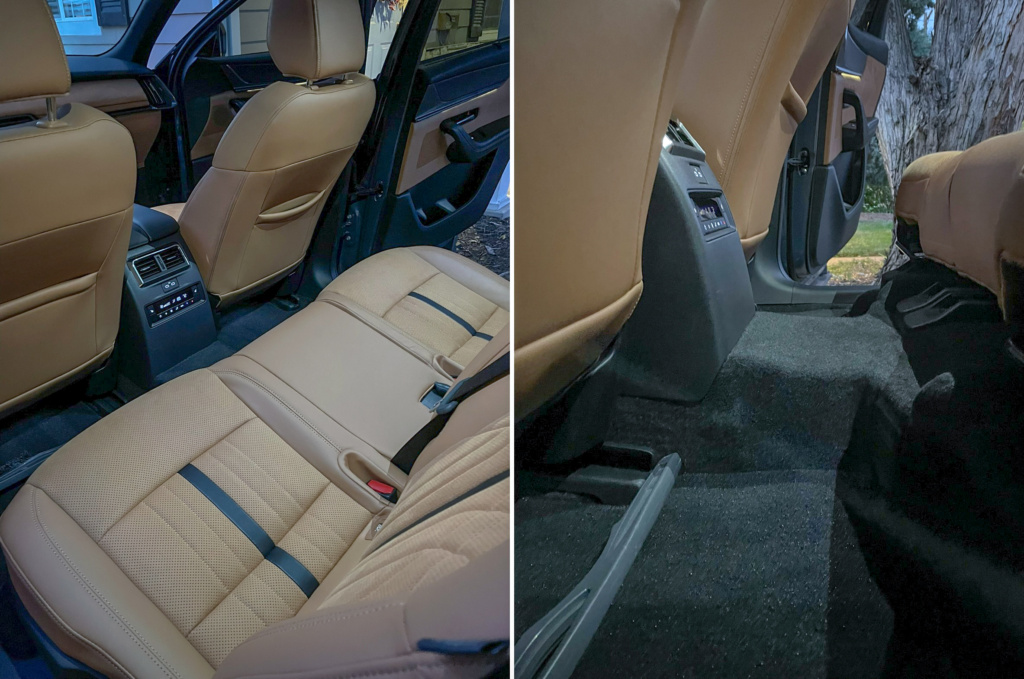
Out on the road, the Mazda demonstrates its focus on dynamic performance. When hustled through the canyon curves, the CX turns in quickly and its body settles its motions quickly and predictably, and it even contributes to a level of playfulness that is unexpected in large crossovers. Full throttle corner exits also demonstrate the Mazda’s rear-wheel-biased AWD system that can route a significant amount of power without upsetting the chassis and the CX impressively holds the steering line.
As Mazda fans are likely aware, the focus on handling often comes at the expense of a stiffer ride than the competition. The CX duo is no exception. Small ripples in the road are absorbed but many common irregular surfaces, such as uneven pavement, sharp bridge joints, and potholes, will result in a swift vertical body motion that’s then quickly settled. It may not be offensive to the performance-minded family, but it certainly sits at the stiffer end of the segment.
While the CX-70 and CX-90 are essentially the same, the two powertrains offered couldn’t be much different.
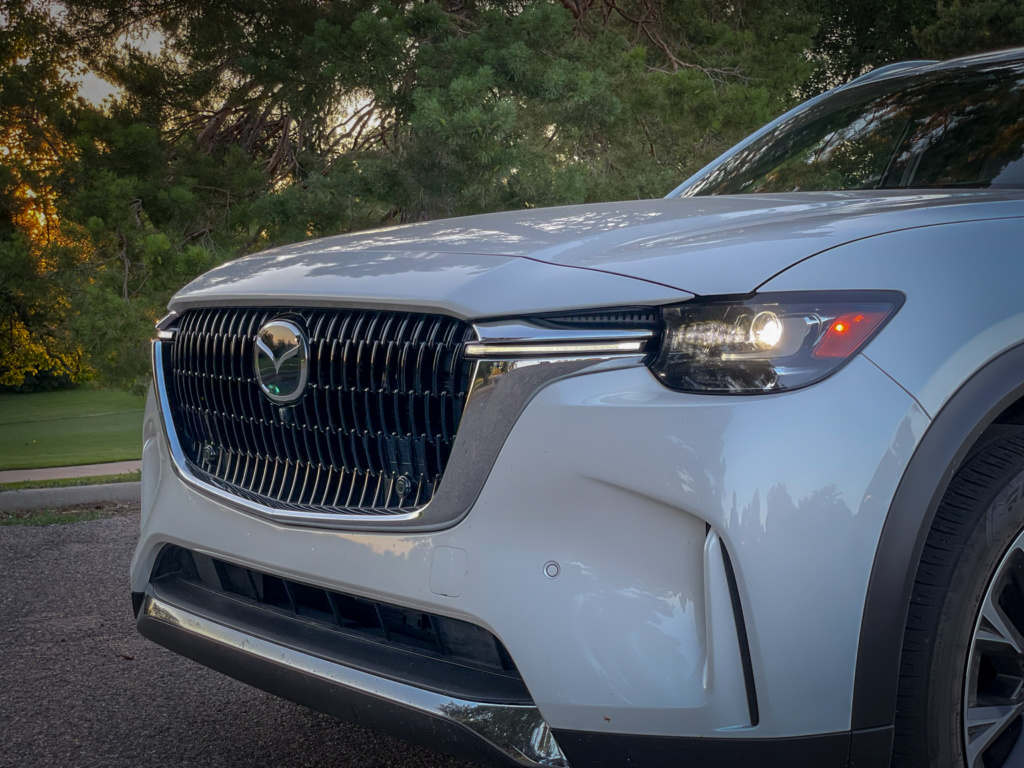
The plug-in hybrid (PHEV) offers an EV-light experience with 25 miles of range before it engages a hybrid driving mode that fires up the 2.5-liter four-cylinder engine. When working together, the combined output is a stout 323 horsepower and 369 pound-feet of torque, however, achieving those figures is an unpleasant combination of noise and vibrations. Kept to more typical acceleration rates, the electric motor is sufficient for city (and traffic jam) speeds for extended periods. Ask for more acceleration and the engine is called upon. Without doubt, the eight-speed transmission, which handles all power output, is not a happy camper when asked to hustle along or even deliver smooth low-speed downshifts.
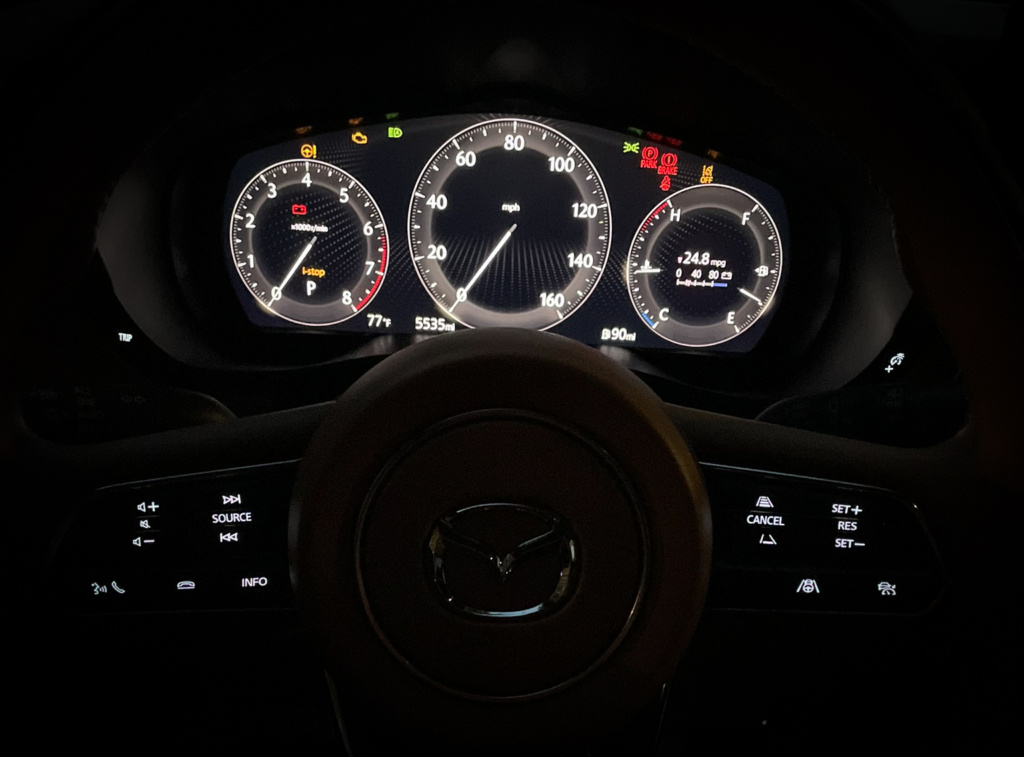
The six-cylinder engine matches the torque output of the combined thrash of the PHEV. Its peak output of 340 horsepower is slightly greater. Again, the transmission spoils much of the fun, although the engine also deserves criticism for not delivering the traditional inline-six cylinder delightfulness that one would rightfully expect from a ground-up new engine design. Like the PHEV, the inline-six engine (and the transmission) prefers more moderate duty, where it can stay comfortably quiet and still deliver impressive performance.
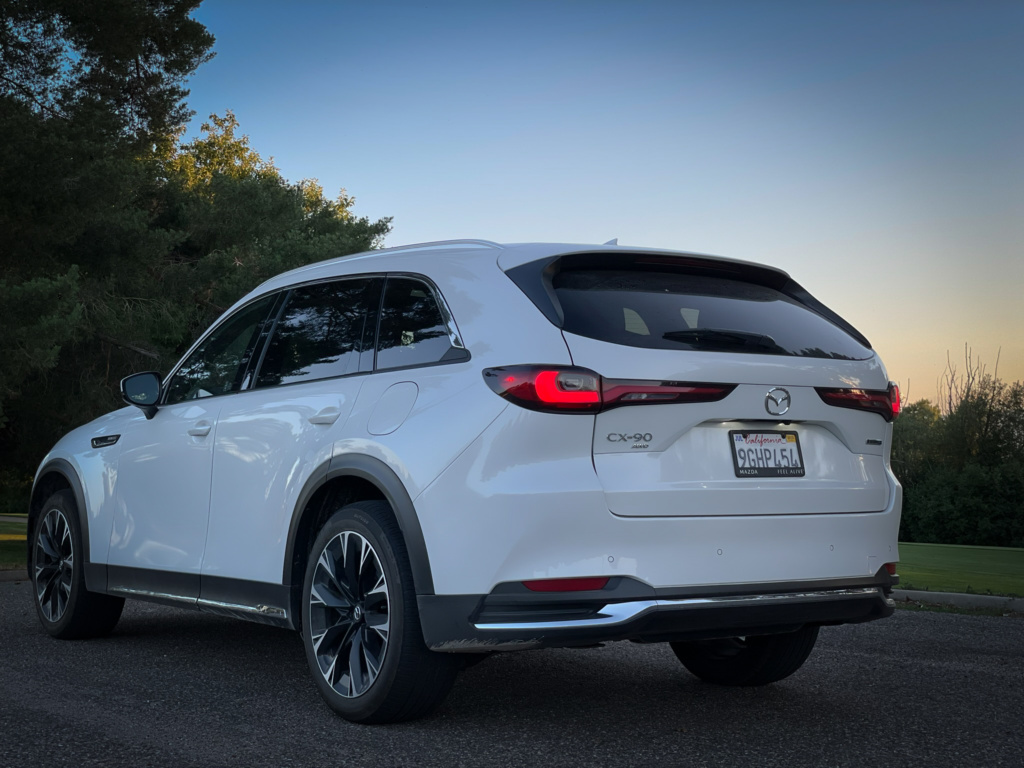
Although both powertrains miss the mark on driver engagement, they deliver where they must: in the fields of fuel efficiency and powerful acceleration (respectively).
There are many excellent options in this space, some costing less yet feel more utilitarian and others costing more yet deliver more polish, however, none can offer the unique combination of the brand’s values like the CX-70 and CX-90; or rather, the large Mazda.
